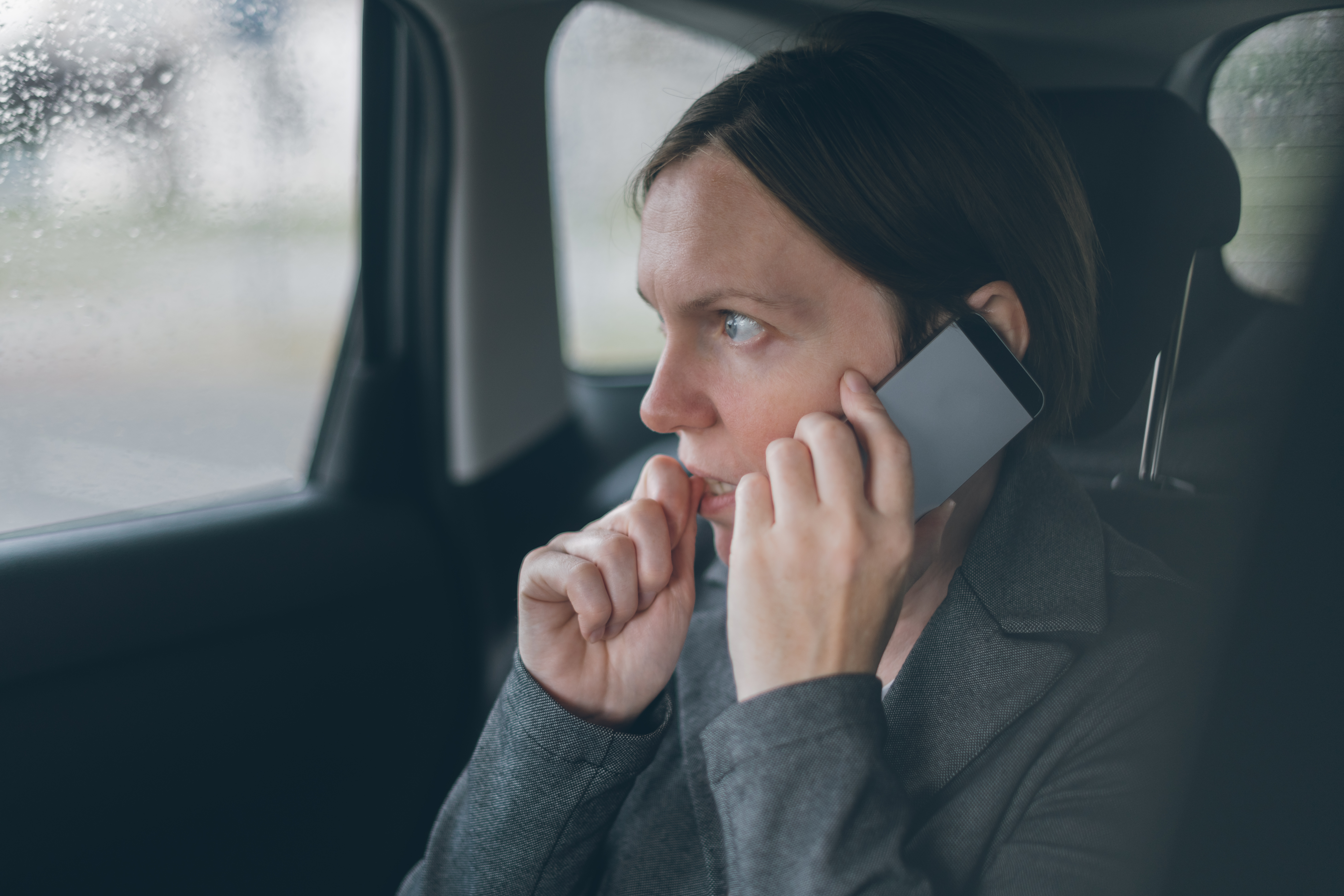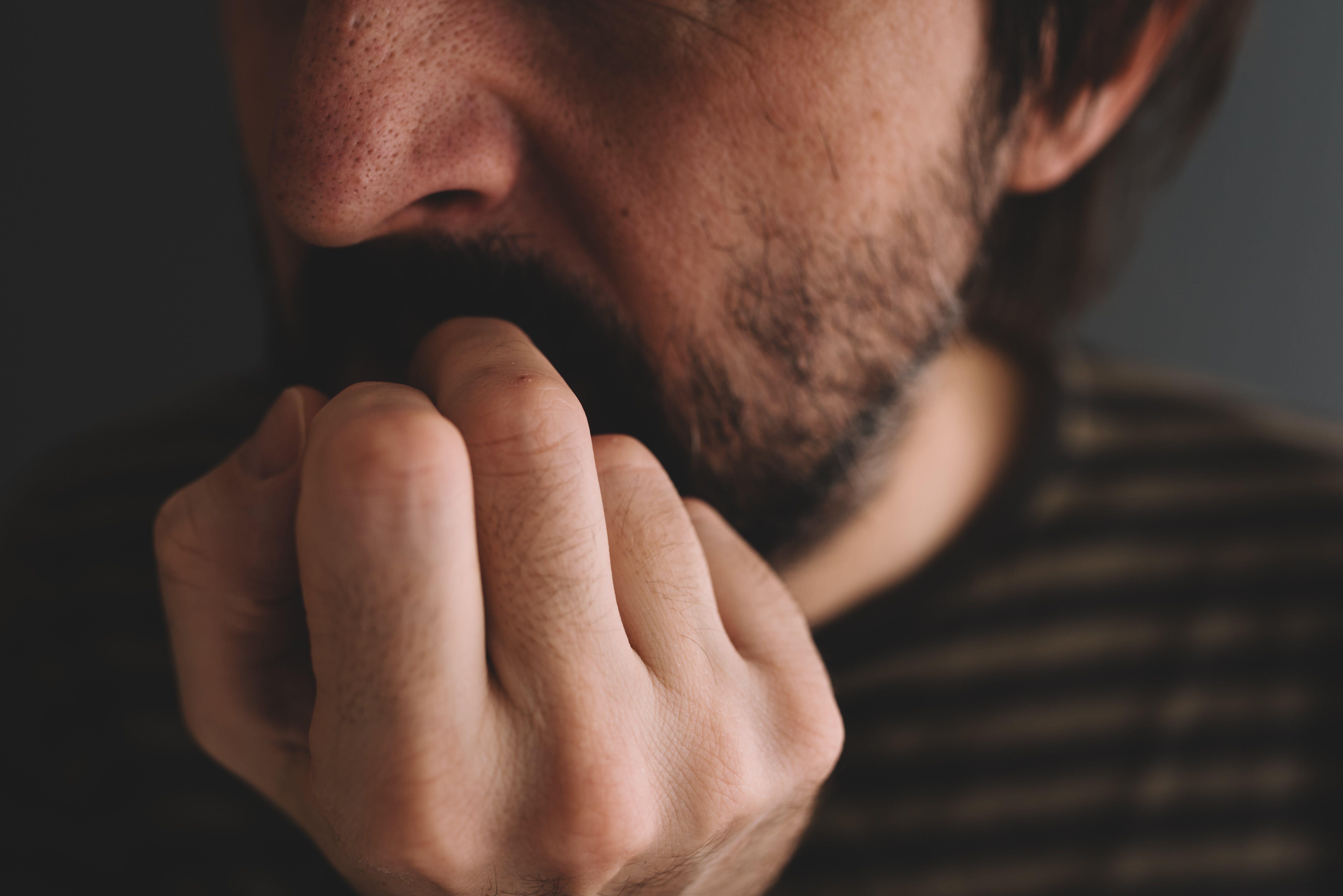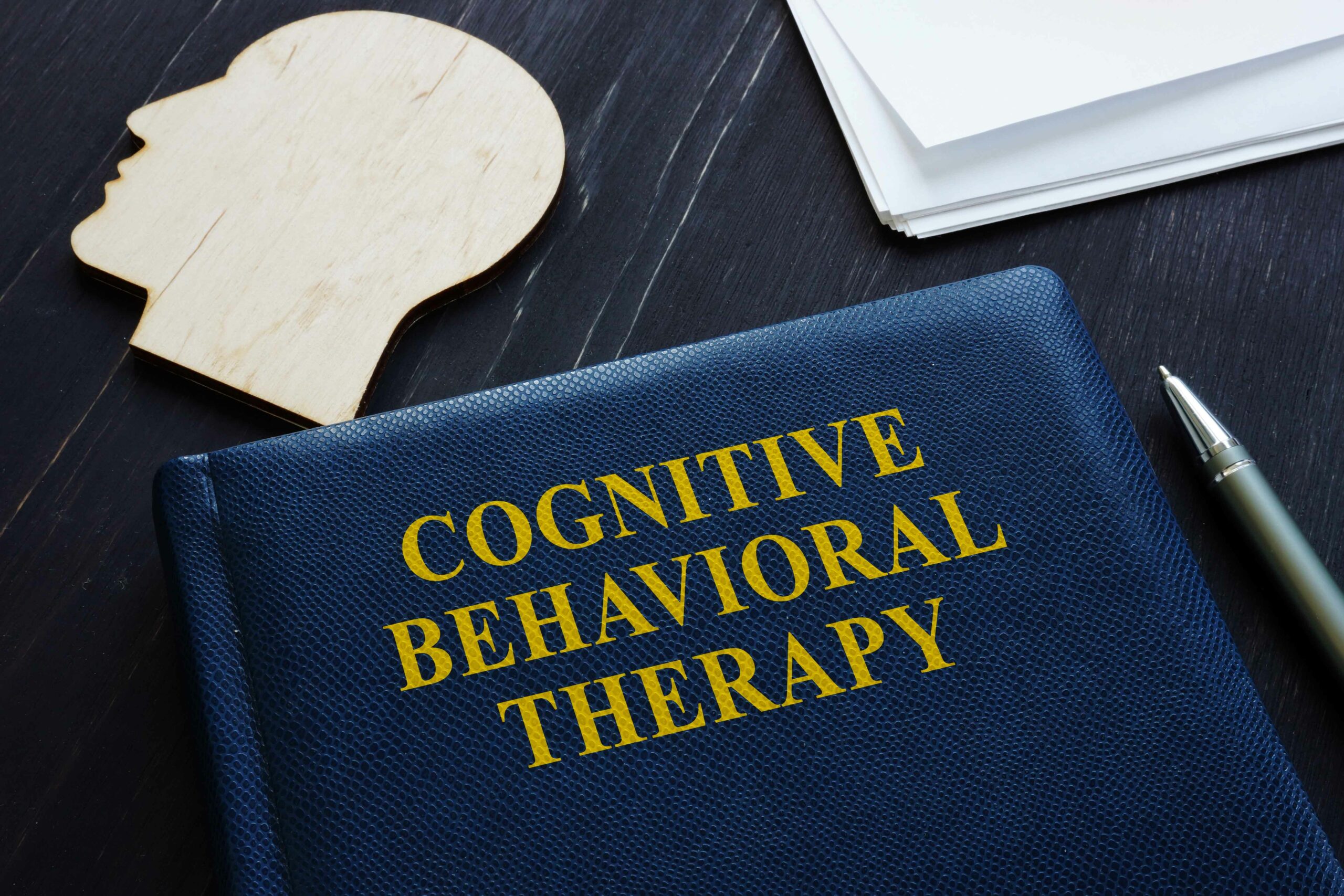Are you struggline with nail biting? Treatment for Onychophagia can help
Nail biting (aka Onychophagia) is a behavior which is not known or understood by most doctors. Needless to say, implementing a cookie cutter approach in treating nail biting will yield little or no improvement in the people treated by non experts. Each person has a different motivation behind their biting and treatment needs to help people who engage in this body-focused repetitive behavior to take control over their urges. If you’re looking for expert Onychophagia treatment in NYC, we offer specialized therapy tailored to your needs.

What are the symptoms of Onychophagia ?
Nail biting, also known as onychophagia, is a body-focused repetitive behavior (BFRB), which involves the destruction of finger nails by means of habitual biting.
Although not specifically indexed in the Diagnostic and Statistical Manual of Mental Disorders (DSM-5), nail biting is classified as “Other Specified Obsessive-Compulsive and Related Disorder,” with specification of “body-focused repetitive behavior.”
While few scientific studies have examined nail biting, it is believed to be a common behavior that typically begins in childhood. It is estimated that 20%-30% of the general population engages in chronic nail biting although prevalence estimates greatly vary, with estimates ranging from 12% to 44%.
In addition to trichotillomania and skin picking disorder, frequently co-occurring behaviors include bruxism (teeth clenching or grinding), and cheek biting.
Nail biting is often associated with visible nail damage, tension prior to or when attempting to resist nail biting, feelings of pleasure after biting, nail eating, and psychological distress.
Many describe the behavior as “automatic.” Nail biting behavior can not only result in unappealing cosmetic appearance, shame, guilt, and embarrassment, but may also cause significant damage to the cuticles and nails, bacterial and viral infection, cellulitis, abscess, injury to the soft tissue lining the mouth, dental problems, temporomandibular dysfunction, and osteomyelitis. Stigmatization by family and other social groups is also frequently of concern.* Residents of New York City struggling with these issues can benefit from our specialized treatment programs in Manhattan.
* According to the Scientific Advisory Board of The TLC Foundation for Body-Focused Repetitive Behaviors

What does Treatment for Onychophagia look like?
The most important thing that a person can do to address a BFRB is first to become knowledgeable about the problem and its treatment. A psychotherapy approach called cognitive behavior therapy (CBT) is the treatment of choice for BFRBs. Existing studies suggest that CBT is superior to medication in treatment outcomes.
However, some individuals may need medication first or in conjunction with CBT if there is an underlying or comorbid psychiatric diagnosis (i.e., depression, anxiety, ADHD) that may be triggering more urges to pull.
Cognitive Behavior Therapy CBT is a therapeutic approach that focuses on identifying thoughts, feelings, and behaviors that are problematic and teaches individuals how to change these elements to lead to reduced stress and more productive functioning. An emphasis is placed on matching the treatment to the unique symptoms of the individual.
There are a number of different treatment approaches for BFRBs that fall under the umbrella of CBT: habit reversal training (HRT) and comprehensive behavioral treatment (ComB).
Acceptance and commitment therapy (ACT) and dialectical behavior therapy (DBT) are two treatment approaches that may bolster the effectiveness of other cognitive behavior therapies.
Habit Reversal Training Habit reversal training (HRT) is an early treatment for BFRBs developed in the 1970s by Nathan Azrin and Gregory Nunn.

What is HRT for Onychophagia ?
HRT is the method that has been examined most in research studies. HRT has a varying number of components in its treatment package. The three components that are considered most critical are awareness training, competing response training, and social support.
Awareness Training
Awareness training consists of helping the person focus on the circumstances during which pulling is most likely to occur. This enables individuals to become more aware of the likelihood that the behavior will occur, and therefore provides opportunities for employing therapeutic techniques designed to discourage performance of problem behaviors.
Competing Response Training
Competing response training teaches the individual to substitute another response for the pulling behavior that is incompatible with the BFRB. For example, when an individual experiences an urge to pull, he/she would ball up their hands into fists and tighten their arm muscles and “lock” their arms so as to make pulling or picking impossible at that moment. This response is to be repeated each time that individual experiences an urge to pull or pick or when faced with a situation where pulling or picking is likely to occur.
Social Support
Social support involves bringing loved ones and family members into the therapy process in order to provide positive feedback when the individual engages in competing responses. They may also cue the person to employ these strategies and provide encouragement and reminders when the individual is in a trigger situation.
The research literature encourages using HRT for short-term improvement; however, professionals and sufferers have found that when used by itself, achieving long-term improvement in symptoms is much more difficult. Whether we are setting personal goals of losing weight, changing eating habits, smoking cessation, or committing to exercise 4x a week, we as humans all perform MUCH better when we have a coach, trainer, friend, romantic partner, or therapist to be accountable to.
Working with an expert in the area of TTM treatment increases your success rate dramatically. Dr. Ori has been in practice for over two decades and has successfully treated thousands of Trichotillomania sufferers.

What is the goal of Onychophagia treatment?
The goal of weekly treatment is to reduce your nail biting behaviors and replace them with healthier alternatives.
With those who are highly motivated, significant improvements can be seen within the first couple of months of treatment. Most clients will reduce biting behaviors by 50% in the first month and up to 75% in the second month of treatment.
Clients typically find that the final handful of “bites” per week are the most stubborn, but once they reach zero “bites” for 5-6 consecutive weeks, we can reduce treatment frequency from weekly to biweekly sessions. Treatment switches over to “relapse prevention” to help reduce the likelihood of relapse.
If the client continues to be “bite-free,” we reduce to monthly “booster” sessions until we both decide it is time to terminate treatment.
Several clients decide at this point to continue weekly sessions to work on reaching other personal/psychological goals, i.e. anxiety reduction, ADD-related executive function skills and strategies, depression reduction, social anxiety treatment, career goals, and/or relationship issues.
If you’re in Manhattan or the greater NYC area, our specialized treatment programs can help you achieve long term success in overcoming nail biting habits.
Getting Started is Easy!
You can contact Dr. Ori Shinar via email, phone, or by scheduling a free 15-Min Consultation.
After meeting with him, you will be explained about the logistics of therapy, including his availability, insurance reimbursement, in-person versus online therapy, and finally scheduling your initial (60 minutes) consultation session.
Afterward, weekly (45 minutes) sessions will continue until you meet your therapy goals.
